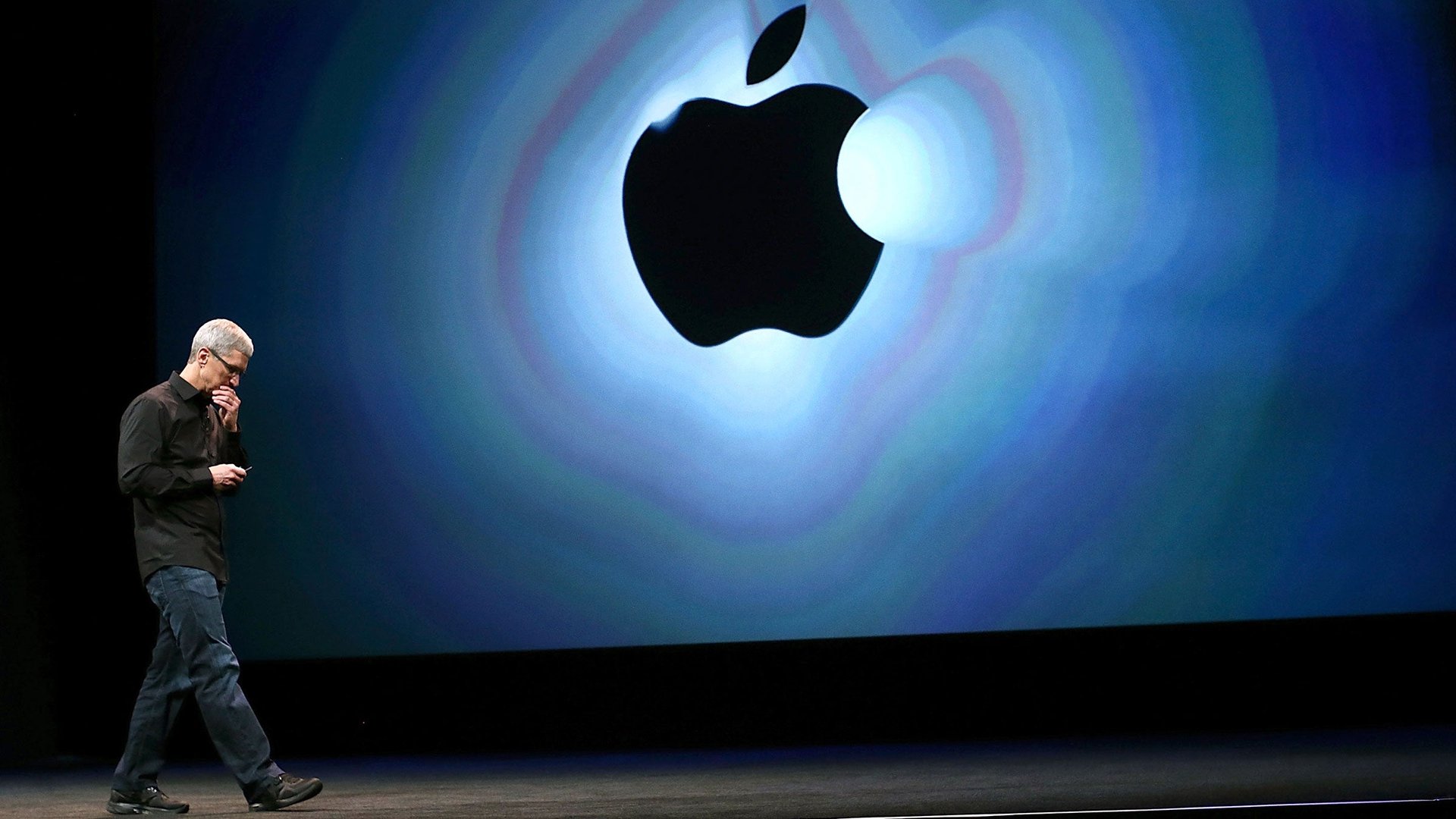Steve Jobs wouldn't have apologized for Apple Maps, and Tim Cook shouldn't either
Here’s what Steve Jobs understood that Tim Cook does not: when you make a decision intended to increase the quality of your product in the long term, you don’t apologize for what it takes to get there. Not even to your customers. And yet, that’s precisely what Apple CEO Tim Cook did today, in an open letter, in response to criticism about numerous inaccuracies in the Apple-built maps application in the latest iPhone and update to iOS.


Here’s what Steve Jobs understood that Tim Cook does not: when you make a decision intended to increase the quality of your product in the long term, you don’t apologize for what it takes to get there. Not even to your customers. And yet, that’s precisely what Apple CEO Tim Cook did today, in an open letter, in response to criticism about numerous inaccuracies in the Apple-built maps application in the latest iPhone and update to iOS.
At Apple, we strive to make world-class products that deliver the best experience possible to our customers. With the launch of our new Maps last week, we fell short on this commitment. We are extremely sorry for the frustration this has caused our customers and we are doing everything we can to make Maps better.
Contrast that with Steve Jobs’ press conference on the problems some users experienced with the antenna on the iPhone 4 when it launched:
“This has been blown so out of proportion that it’s incredible,” he said. “There is no Antennagate,” he added, mocking what he said were media attacks prompted by Apple’s success.
If Jobs were alive today, Apple would probably have remained silent on the maps issue or held a similar press conference–and one very different in tone from Cook’s letter. Jobs would have explained to the public that mapping is a uniquely difficult problem, and that the only way to build your own maps database from the ground up–one that could ultimately lead to a product superior to, or at least usefully different from Google maps–is to put it out in the wild and have millions of real users test it.
It’s easy to forget that Google maps was far from perfect when it debuted. Built on an acquisition made way back in 2004, it launched in 2005 and at the time supported only the Firefox and Internet Explorer browsers. Web technology was significantly more primitive then, the mobile web barely existed, and apps were primitive things you downloaded to a Nokia phone with a tiny screen. At the time MapQuest (remember that?), was the dominant mapping site, and it wasn’t until 2009 that visits to maps.google.com surpassed visits to MapQuest.
GPS makers like Garmin and TomTom have long driven the roads they map, verifying their location data at great expense, but that’s just not how it’s done anymore. Companies like Israeli traffic data startup Waze have shown that it’s far faster and more economical to verify the accuracy of maps by getting location data from the phones of people using the maps, and also allowing them to report mistakes. Google has this feature as well.
But this method means that to get maps right, they have to be tested in the wild by users. Google has had years to do this. Maps created by governments are often inaccurate and need a great deal of refinement before they can match the real world precisely enough to not only show where things are but also to give you directions on how to get to them.
Apple could have bought a license to a ready-made mapping system (what it did for years on the iPhone with Google Maps), but instead, Apple has chosen to synthesize its own maps, starting with underlying geographic data from TomTom. TomTom’s maps, generated the old-fashioned way and at great expense, don’t appear to be the problem and don’t require correcting. Rather, the issue is that the app is also drawing from as many as 20 other information and service providers. The most immediate problem with Apple’s maps appears to the database of “points of interest”–landmarks and such–used by Apple but this and other issues appear to be eminently fixable.
Google wouldn’t let Apple use its data for real-time, turn by turn directions. Android devices, whose operating system is furnished by Google itself, have had this feature since 2009; iPhones have not.
So Apple was faced with a dilemma: Watch Android continue to pull ahead of iPhone in maps, or build its own solution.
Apple made the obvious choice. Customers are understandably upset that this means the maps app on their new iPhones is worse than it was on their old ones. But what Jobs understood is that sometimes you come down from the hill you’re on in order to ascend a much greater peak in the distance. If Cook is determined to be the anti-Jobs, at least he could take some advice from another CEO whose management style might better resemble his own, Amazon’s Jeff Bezos:
“A big piece of the story we tell ourselves about who we are, is that we are willing to invent. We are willing to think long-term. We start with the customer and work backwards. And, very importantly, we are willing to be misunderstood for long periods of time.”